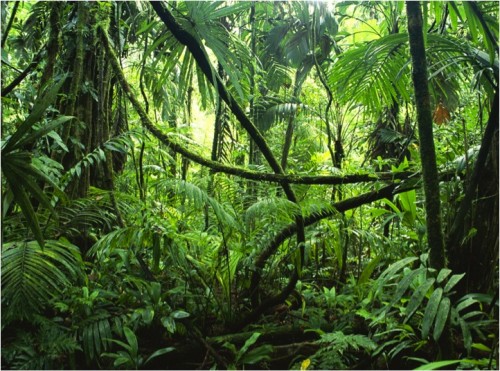Sep 162013
Variation is all around us in nature and genetic variation underlies these phenotypic differences among individuals. Natural selection acts on this genetic variation. It is important for populations of organisms to have genetic variation so that they are able to respond to changing conditions such as climate or predators. In this lesson students will learn why genetic variation matters if selection changes through time and get a hands on demonstration on how alleles make up the genotypes in a population.
At the conclusion of this lesson, students will be able to:
- Understand genetic drift
- Understand why genetic drift has larger effects on small populations than large populations
- Explain the terms “heterozygous” and “homozygous”
- Be able to calculate genotype frequencies from allele frequencies using the Hardy-Weinberg equilibrium equation
- Explain why genetic variation is important for a population’s long-term persistence
Resources:
Lesson Plan created by GK-12 Fellow Emily Dittmar, 2013

